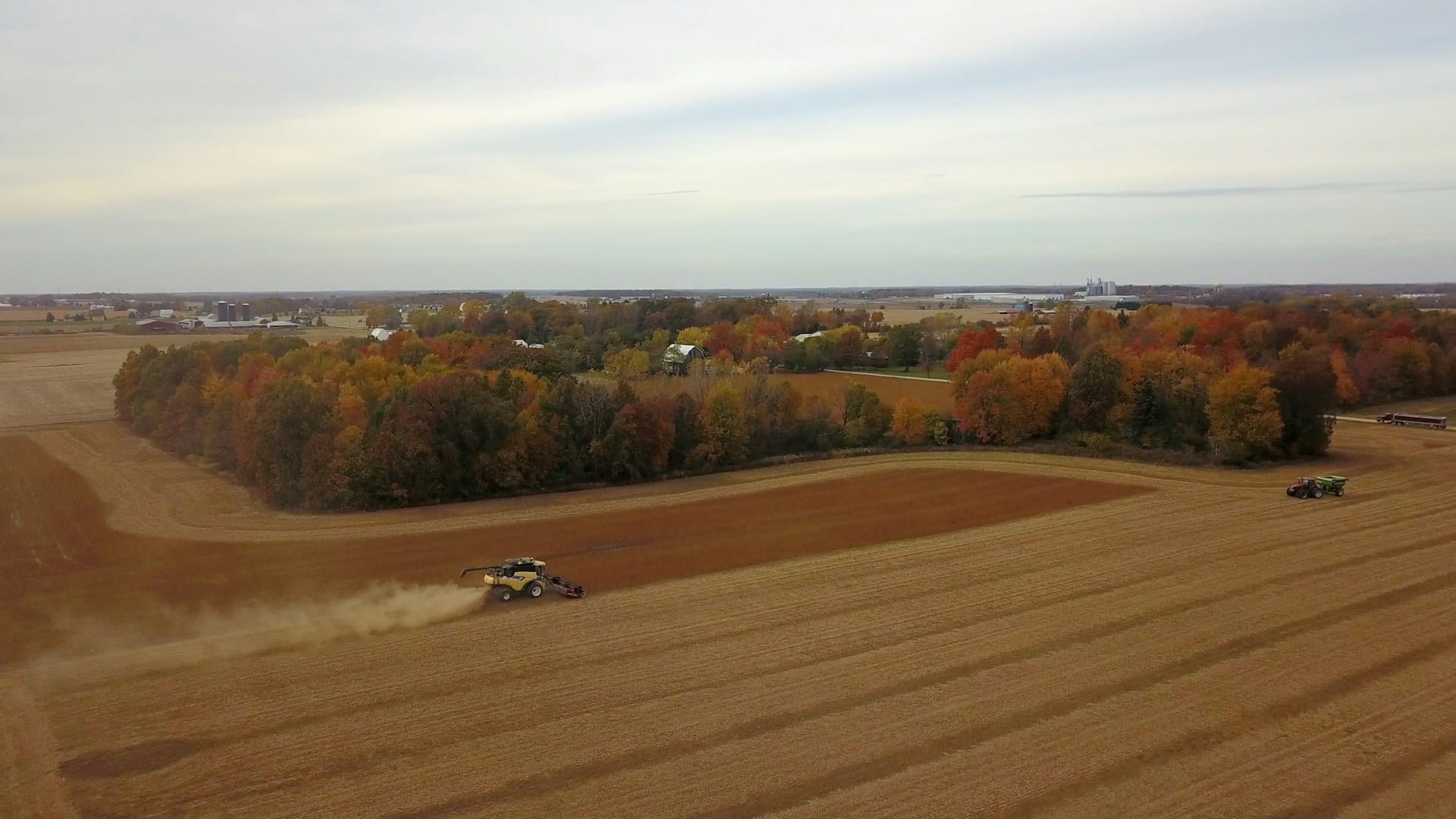On April 28th, the Interior, Environment, and Related Agencies Subcommittee of the House Appropriations Committee held a hearing on FY2023 Budget Request for the Department of the Interior (DOI). Secretary of the Interior Deb Haaland explained and defended her agency’s fiscal year (FY) 2023 budget request totaling $18.1 billion, a 12% increase over the FY2022 enacted level.
In the hearing, lawmakers voiced bipartisan support for various agency proposals including its record-high $4.5 billion budget for tribal programs, an $880 million increase from the current level. In contrast, the subject of energy development on public lands sparked heated debate. In response to Republicans’ concerns about stymied oil and gas development on federal lands, Secretary Haaland stated that “there is no ban on oil and gas leasing” and cited the more than 9,000 approved permits to drill that “the industry is free to use,” but has not yet.
The Biden Administration did issue a pause on federal oil and gas leasing a week after taking office to launch a comprehensive review of the program. The pause had no impact on existing oil and gas leases. At the time the pause was announced, there were around 11.3 million acres, or 47% of all leased federal lands sitting idle and not producing oil or gas. The pause was an opportunity to reexamine and reform the federal oil and gas leasing program, which has been shortchanging taxpayers for decades through outdated, below-market royalties, rents, minimum bids and other loopholes like noncompetitive leasing.
The pause was lifted by court injunction in June 2021, and DOI issued its report on the federal oil and gas leasing system – which reiterated the need for major reform – in November 2021 While the pause was still effective, oil production on federal land rose by 17% and gas production decreased slightly by 1.6% from FY2020 to FY2021. At the end of FY2021, the industry was sitting on 9.7 million acres of unused leases.
On April 15, DOI announced that the royalty rate for new competitive onshore oil and gas leases will be increased from 12.5 percent to 18.75 percent. The increase would be big step toward ensuring taxpayers get a fair return on the public resources all Americans own. The Bureau of Land Management included the higher rate in the sale notices for upcoming lease sales in June.
The hearing also addressed other energy development issues like offshore oil and gas planning, renewable energy, and critical minerals. Secretary Haaland said that DOI is currently working on the 5-year offshore oil and gas leasing plan. DOI is also planning to permit 25 gigawatts (GW) of renewable energy onshore by 2025 and deploy 30 GW of offshore wind energy by 2030. The department has launched an interagency working group on potential hardrock mining and permitting reforms, which hopefully can restart conversations about the need for Congress to enact a royalty on hardrock minerals extracted from public lands.











Get Social